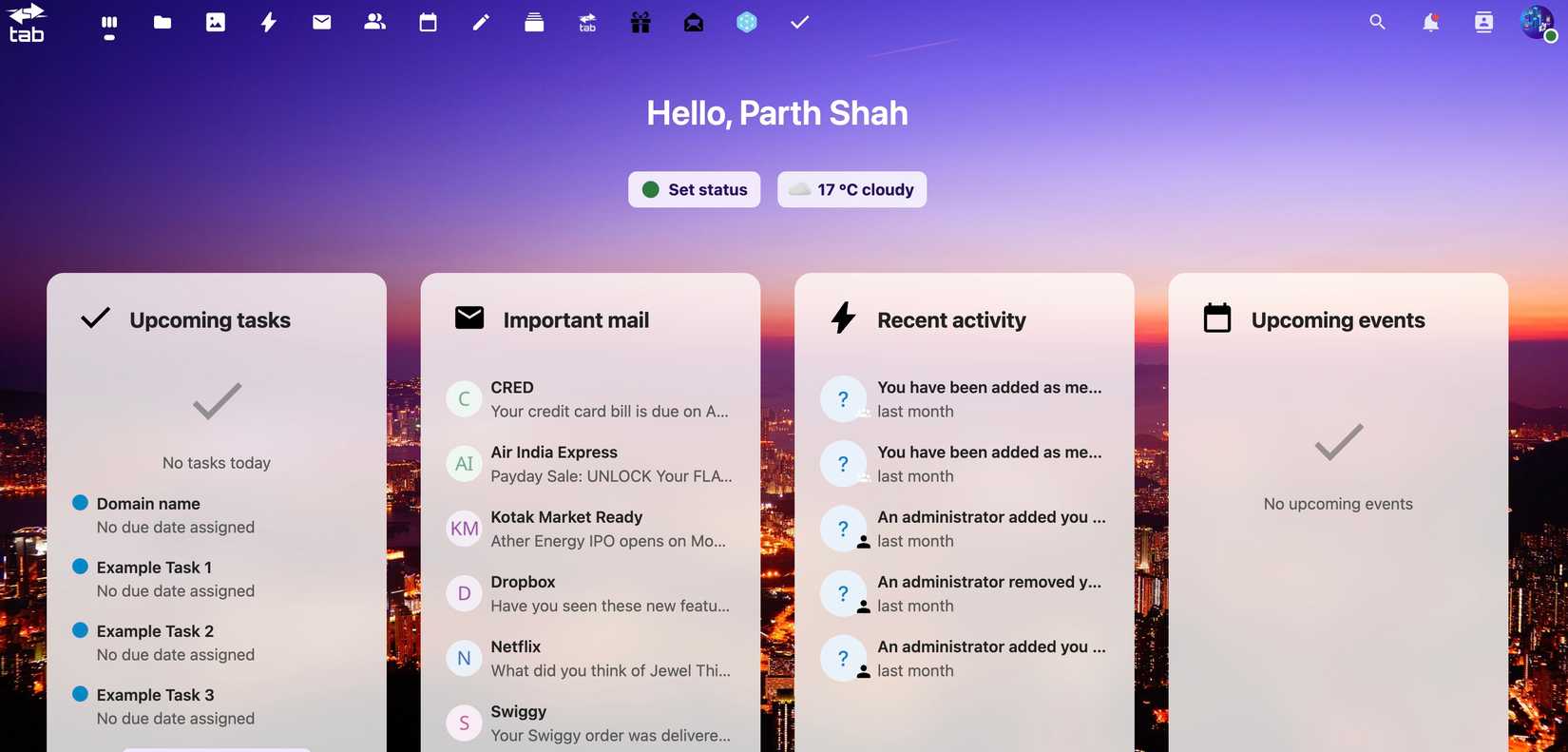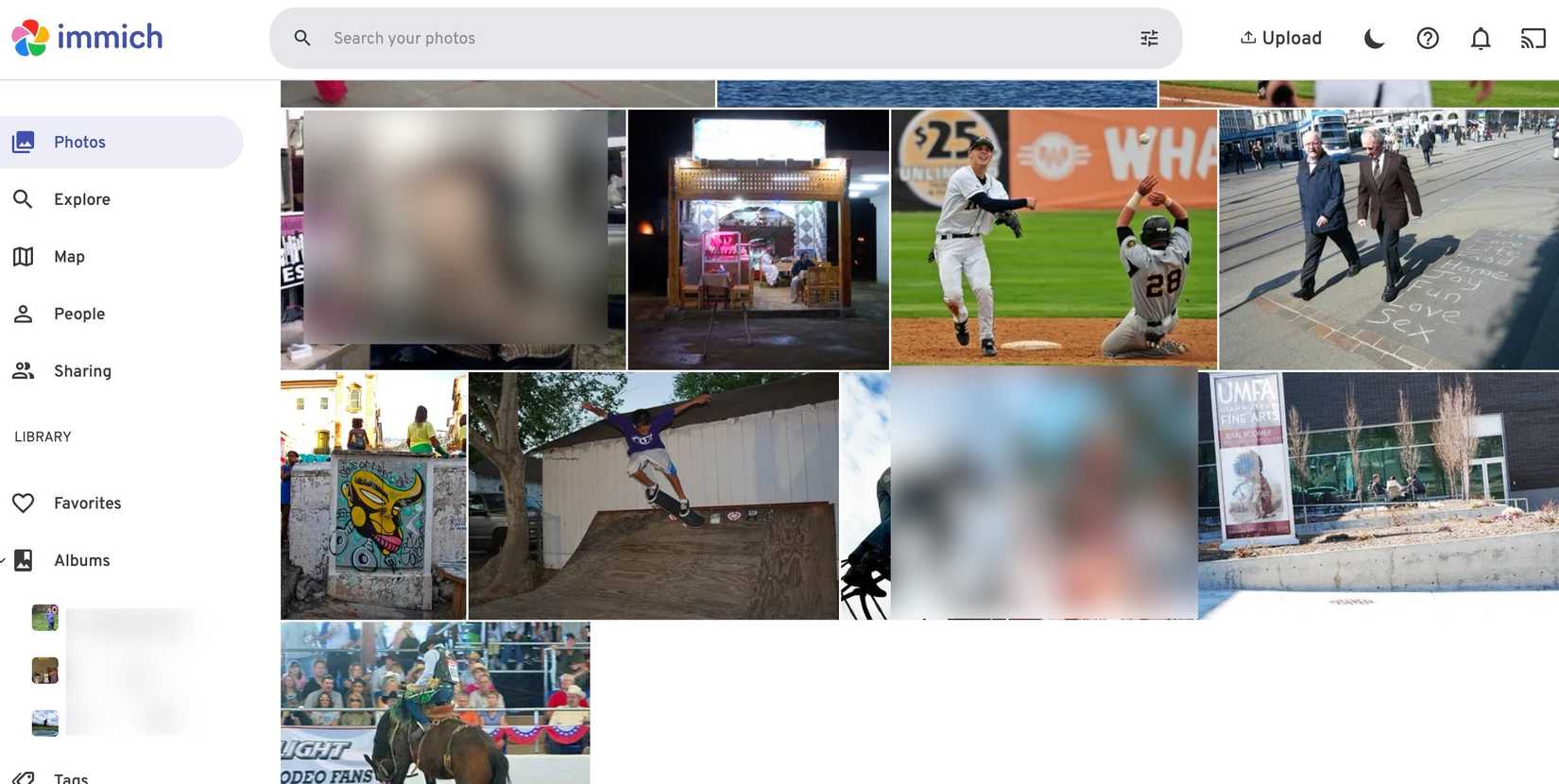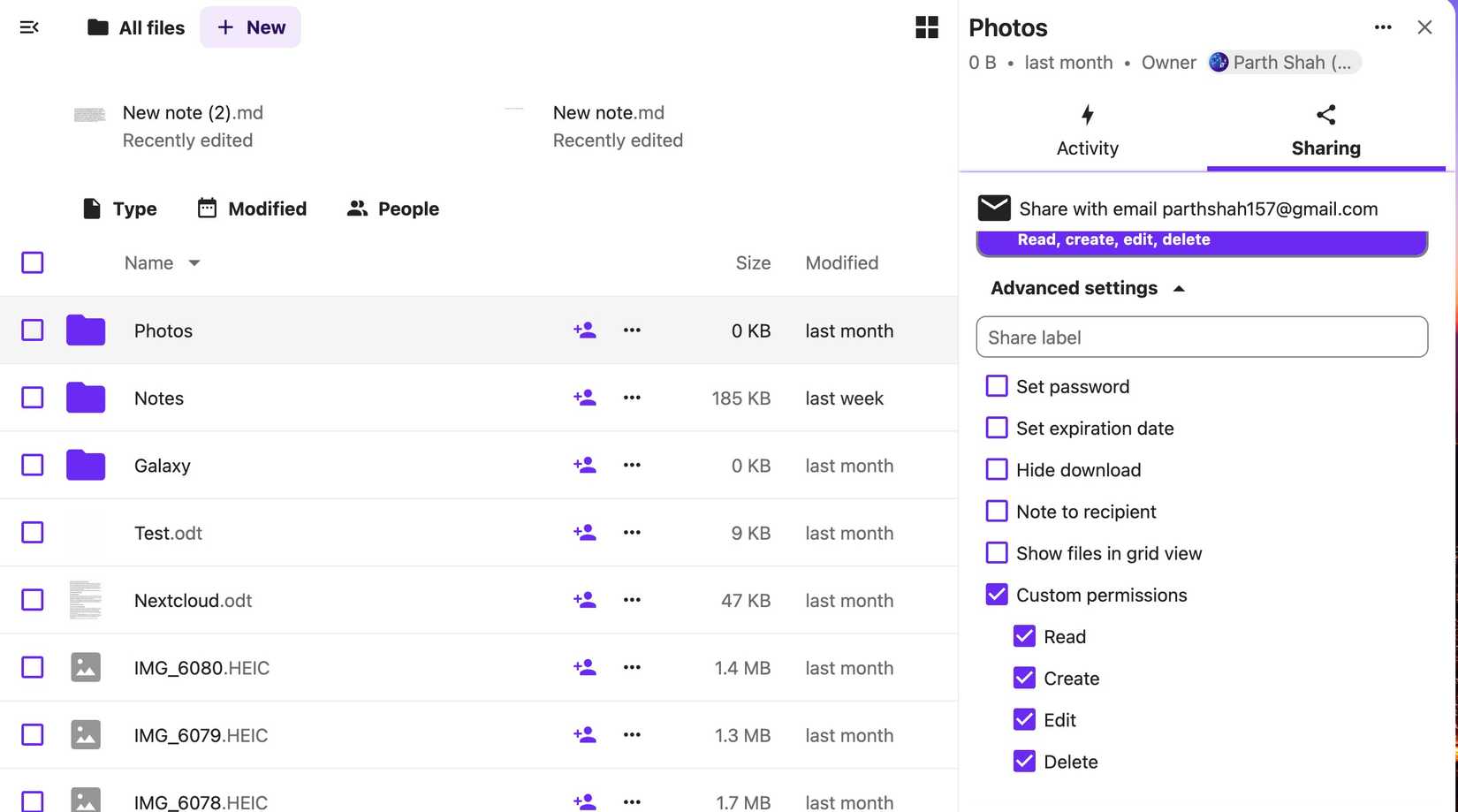From Google Photos storing my memories to Spotify streaming my playlists and Notion organizing my documents and tasks, these platforms promise simplicity and seamless access.
Still, there was a growing feeling that I was renting, not owning, my digital life. I began to question what I was really getting for that trade-off.
To find out, I decided to go on a month-long experiment: I would replace every single one of my cloud apps with a self-hosted alternative.
This is the story of that month, what I learned, and whether true digital freedom is a realistic goal.
I have ultimate data ownership and privacy
For years, I trusted tech giants to store my most personal information — family photos, private notes, and financial documents. But with self-hosting, that trust is no longer necessary.
My data now lives on my physical hard drive in my home. I am no longer a user of a service; I am the administrator of my own digital world.
With apps like Nextcloud, Immich, Jellyfin, Grocy, and more, I have the final say over where to store my files, who can access them, and what security protocols are in place.
There is no one to sell my data to because there is only one user: me.
Cost savings after the initial investment
Initially, the idea of self-hosting seemed like a massive and expensive experiment.
When I first looked at the hardware (a mini PC and a few hard drives), I was staring at an upfront cost of several hundred dollars.
It felt expensive, especially compared to the simple, low-cost monthly subscriptions I was already paying. However, I realized that those small monthly fees add up far faster than you think.
For example, I was paying a combined $25 per month for various services: a premium plan for a note-taking app, expanded storage on Dropbox, a media streaming service, and a password manager subscription.
That’s $300 per year, every single year. My self-hosting setup came out to about $450.
The math became clear that in just a year and a half, my self-hosted setup would pay for itself. After that, it’s pure savings.
A huge learning curve
I have always been comfortable with technology, but I was a consumer, not a creator.
I never had to think about things like IP addresses, Docker containers, reverse proxies, or SSL certificates. Now, these terms have become my daily routine.
My first major hurdle was getting my server to be accessible from outside my home network.
I spent an entire Saturday dealing with my router settings, forwarding ports, and trying to understand what a firewall actually does.
For example, when dealing with Nextcloud, there were moments of pure frustration where I was ready to give up and go back to the simplicity of Google Drive.
Overall, be prepared to spend a lot of time during the initial setup.
Lacks convenience
The single biggest surprise I got from this experiment was convenience.
With cloud services, everything just works. Collaboration with a friend is as simple as sharing a link. Accessing a document on my phone or tablet is quick, thanks to dedicated, feature-rich native apps.
When it comes to collaboration in self-hosting, getting my family to use Immich (a self-hosted Google Photos alternative) was a project in itself.
Moreover, the mobile experience is basic at best. For many self-hosted apps, there is no dedicated, polished mobile app. I often had to use the mobile browser to get the job done.
In many cases, I didn’t find a suitable alternative to my cloud apps. For instance, none of the self-hosting note-taking apps (Docmost, Outline, and Joplin) matched OneNote in many areas.
However, on the flip side, several apps really impressed me.
For example, Grocy is an excellent kitchen management tool. YouTrack is another prime contender in the project management space.
And don’t forget about Nextcloud. It’s right up there with Google Drive and OneDrive.
Security and maintenance responsibility
After a couple of weeks in self-hosting, I quickly realized my role had shifted from simply using an app to actively maintaining an entire ecosystem.
I had to set up automatic backups, not just for my data but for the entire server. I had to learn about firewalls and how to configure them to keep prying eyes away.
I also had to get into the habit of checking for software updates not just once a month, but constantly.
There is no one to notify me if a security patch is needed; that’s entirely on me.
Overall, it’s a time-consuming process, and you need to remain ready for constant vigilance.
My journey to self-hosted apps
Replacing all my cloud apps with self-hosted tools for a month was a surprising journey. It wasn’t always easy.
There were steep learning curves, frustrating setup issues, and moments where I missed the simplicity of a one-click cloud solution.
While a full-time, 100% self-hosted lifestyle might not be for everyone, this experiment proved that digital independence is possible.
What are you waiting for? Try it yourself and see if the cloud-free setup works for you. While you are at it, check out these top self-hosting apps on Android.




